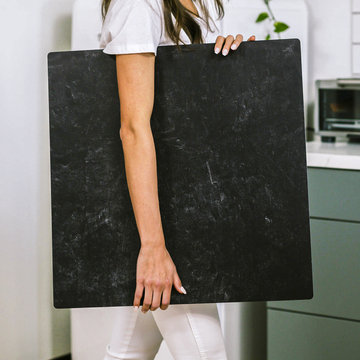Ever wondered why some food photos make you instantly hungry, while others just fall flat? There’s more at play than vibrant colors or artful presentation. The real secret-rarely discussed outside expert circles-is something called micro-contrast. It’s the lighting technique that brings out every mouthwatering crumb, glaze, and crunch in your dish. Let’s pull back the curtain on this advanced approach and show you how to make food photography that’s absolutely irresistible.
What Is Micro-Contrast and Why Should You Care?
Micro-contrast might sound technical, but at its core, it’s about how well your photo reveals the tiny differences in tone-think of the shimmer on olive oil or the roughness of bread crust. When done right, these details create a sense of texture and freshness that makes viewers want to reach through the screen and take a bite. If your images ever look too smooth or lack that fresh-from-the-oven realism, understanding micro-contrast is your secret weapon.
The Problem with Traditional Lighting
Most advice for food photography stresses big, soft, diffused light. While this flattens harsh shadows and keeps things pretty, it can also wipe away the delicate highlights and shadows that make textures stand out. The result? Food that looks bland or even artificial-definitely not the effect you want for an eye-catching image.
Level Up: Layered Lighting for Ultimate Texture
Here’s where the pros quietly separate themselves from the crowd: they use layered lighting. This two-part approach brings out the shape and color with a broad light, then adds a second, more focused light to carve out enticing detail.
- Start with the “Body” Light: Use a large softbox, umbrella, or window diffused by a white curtain to bathe the dish in even, shadowless light. This sets your base for faithful color and shape.
- Add a “Texture” Kicker: Set up a smaller, harder light (such as an LED with a grid or bare speedlight) at a sharp angle to your surface-think of it raking across crusts or glazes. Use modifiers like a snoot if you want to keep the light from spilling everywhere. This light brushes the food and background with pinpoint highlights and subtle shadows, bringing textures to life.
- Adjust Your Shadows: If you see deep blacks where you want detail, bounce a little fill into those areas with a white reflector or card. Shadows stay natural, but nothing gets lost.
Pro Tips for Micro-Contrast Mastery
- Lens Selection: Prime or macro lenses capture more detail than zooms, showing off tiny features.
- Aperture: Shoot at f/5.6 to f/8 to keep key textures sharp.
- Editing: Go light on clarity or dehaze sliders. For advanced retouchers, frequency separation allows you to boost texture separately from overall contrast.
Replica Surfaces: Setting the Stage for Stunning Texture
The backdrop and surface you choose can make or break this effect. High-quality, textured surfaces-like those from Replica Surfaces-offer natural grain, stone, or slate that reacts beautifully to your accent light. As the light grazes across, even subtle surface details come to life, grounding your food in a real, inviting environment. It’s the difference between a floating dish and a scene that feels true-to-life and delicious.
Why Isn’t Everyone Using This Technique?
Scroll through Instagram or Pinterest, and most food images still rely on “safe” diffused lighting. It’s easy and reliable, but it lacks excitement. The artistry is in how you play with the tiniest details. Layered lighting and micro-contrast don’t just make your photos look professional-they make them feel tangible, textured, and intensely appetizing.
Ready to Transform Your Food Photos?
If you want your creations to stand out, experiment with layered lighting the next time you shoot. Set up your broad light, then sneak in a little accent to rake across your food and backdrop. Notice how the textures, colors, and appetite appeal leap out of the frame.
Have you tried this approach in your home studio? What foods or surfaces work best for you? Share your experiences or questions below-and let’s make food imagery that truly feeds the senses!



